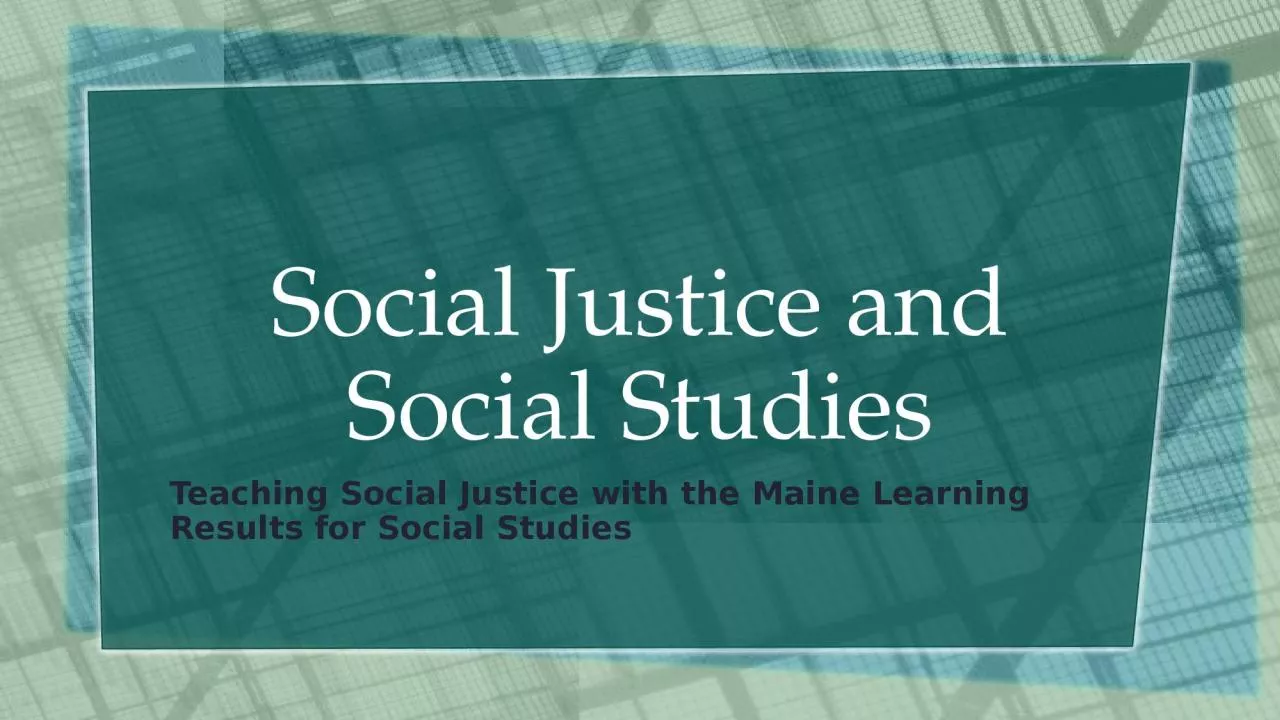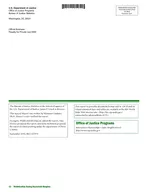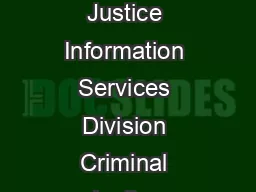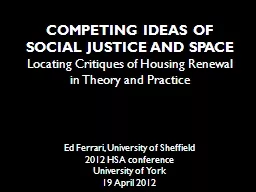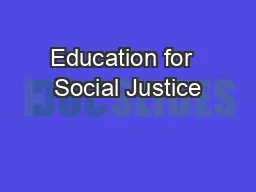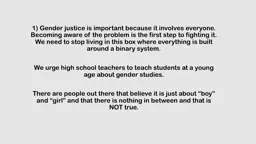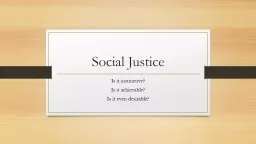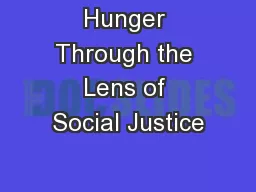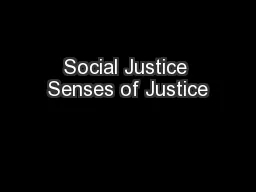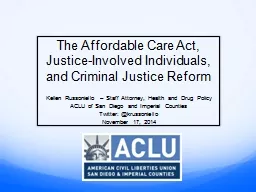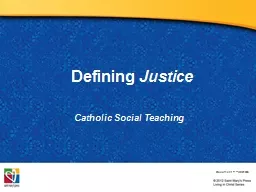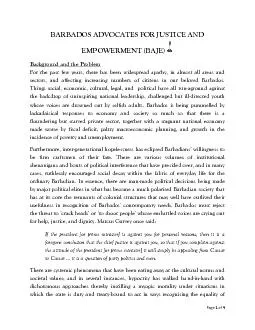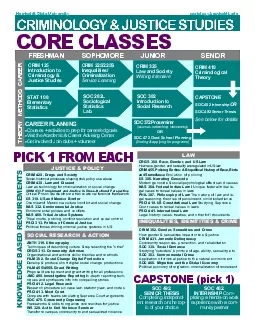PPT-Social Justice and Social Studies
Author : faith | Published Date : 2022-06-28
Teaching Social Justice with the Maine Learning Results for Social Studies While We Wait What words come to mind when you think of social justice httpswwwpolleverywherecomfreetextpollsG5gj5hobrJDWsFQdfBfAb
Presentation Embed Code
Download Presentation
Download Presentation The PPT/PDF document "Social Justice and Social Studies" is the property of its rightful owner. Permission is granted to download and print the materials on this website for personal, non-commercial use only, and to display it on your personal computer provided you do not modify the materials and that you retain all copyright notices contained in the materials. By downloading content from our website, you accept the terms of this agreement.
Social Justice and Social Studies: Transcript
Download Rules Of Document
"Social Justice and Social Studies"The content belongs to its owner. You may download and print it for personal use, without modification, and keep all copyright notices. By downloading, you agree to these terms.
Related Documents

